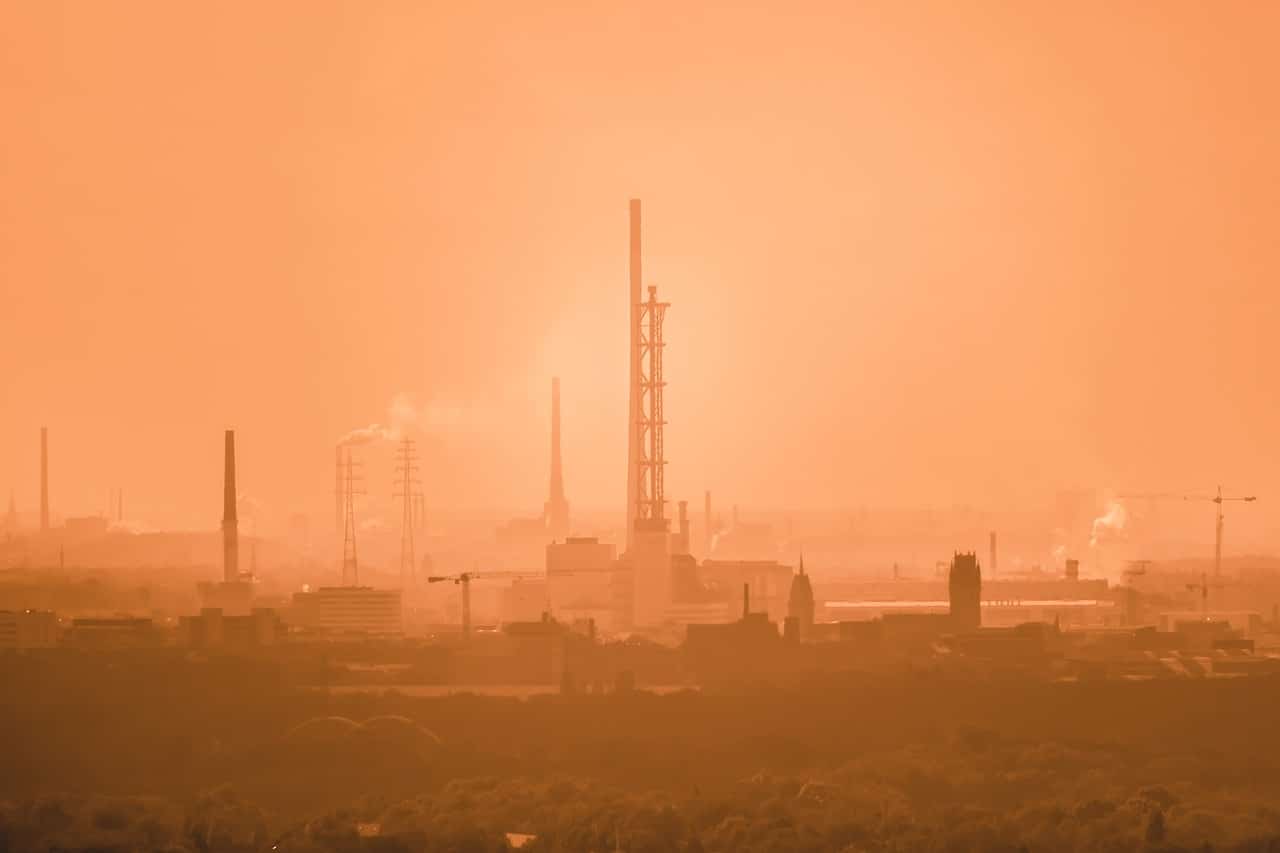The U.S. Environmental Protection Agency on Nov. 8 released final state plan requirements to implement its 2015 standards for ground-level ozone. The rule applies to nonattainment areas and 13 northeastern states that comprise the ozone transport region. The rule allows flexibilities for states to consider factors outside their control, such as international pollution. The EPA said it is committed to maximizing flexibility for regulatory relief noting that background and international emissions contribute significantly to air quality issues. The rule follows a memo issued by President Trump in April directing the agency to ensure efficiency and cost-effectiveness in implementing air quality standards. The agency said that since 1990, “this is the fastest” that state plan requirements have been finalized for a revised ozone standard. Emissions of nitrogen oxides, the main precursor for ground-level ozone, dropped by over 40 percent in the last decade and the majority of U.S. states are expected to attain the 2015 standards by the early 2020s. The Clean Air Act requires EPA to set standards for pollutants that are considered harmful to public health and the environment, and review them periodically. The agency must designate areas based on their attainment of the standard and develop plans to attain and maintain the standards. EPA revised the standards for ozone on Oct. 1, 2015.







